Commentary / Sandi Poreda
Taproot Creative Goes to Cuba
Any researcher knows that seeing something for yourself is better than hearing someone else tell you about it. So when members of the Taproot Creative team were recently invited to travel to Cuba through a licensed people-to-people cultural exchange, we jumped at the chance. Even if we were going to get a government-sanctioned version of what life in communist Cuba was really like, that version would be better than no version at all. Plus, CUBA!
The trip was incredible. We met great people, both in our travel group and on the island. We were able to have genuine conversations with Cubans – taxi drivers, mostly – about what life was like on the island and how they take care of and provide for their families.
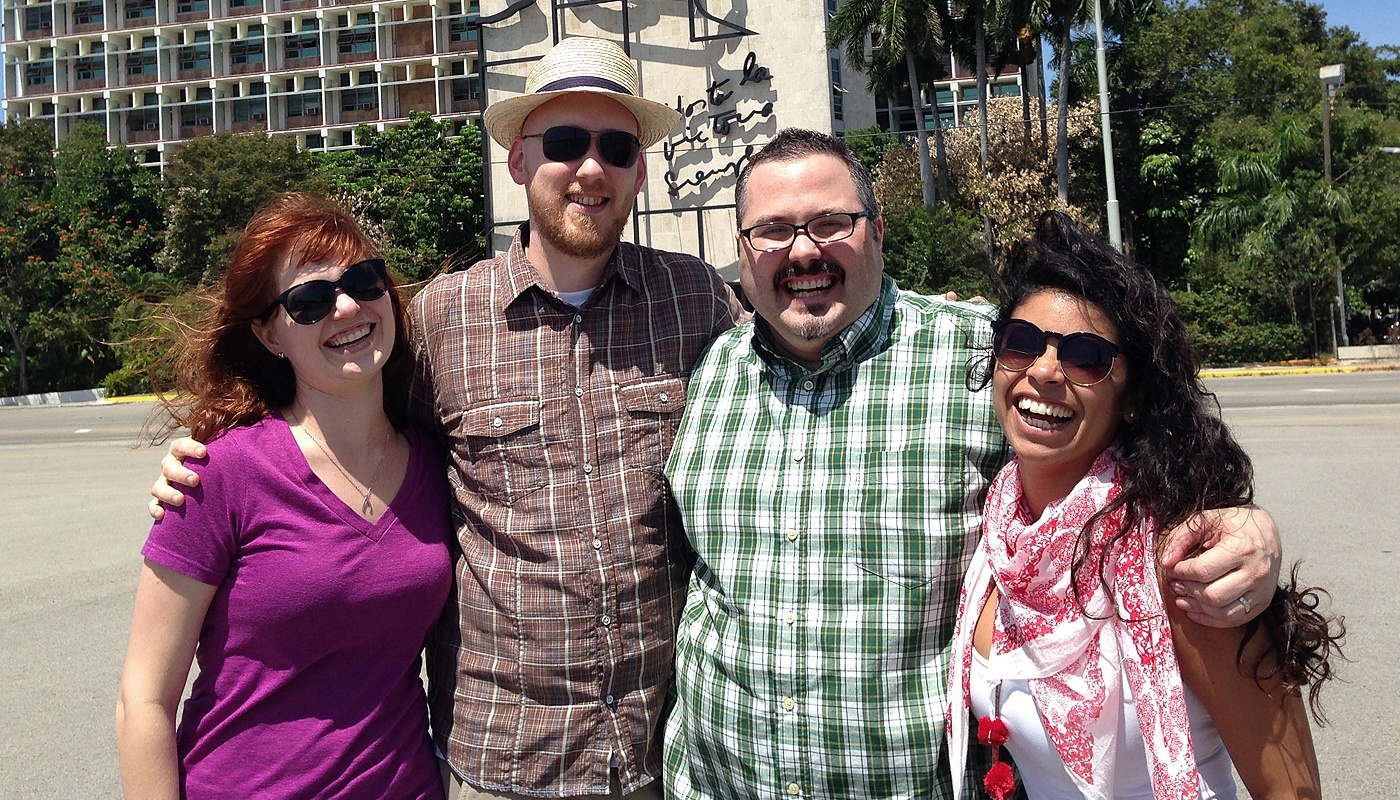
The people were surprisingly open. From communism to preparing pork, no topic was taboo. We had some amazing experiences, including a live jazz performance by one of Cuba’s best jazz pianists, meeting with numerous artists and hearing about what inspires them, a walking tour of Old Havana with a local architect, and many more.
Each of us left Cuba with new or different perspectives to consider, and a month later, we’re still processing a lot of what we saw and learned.

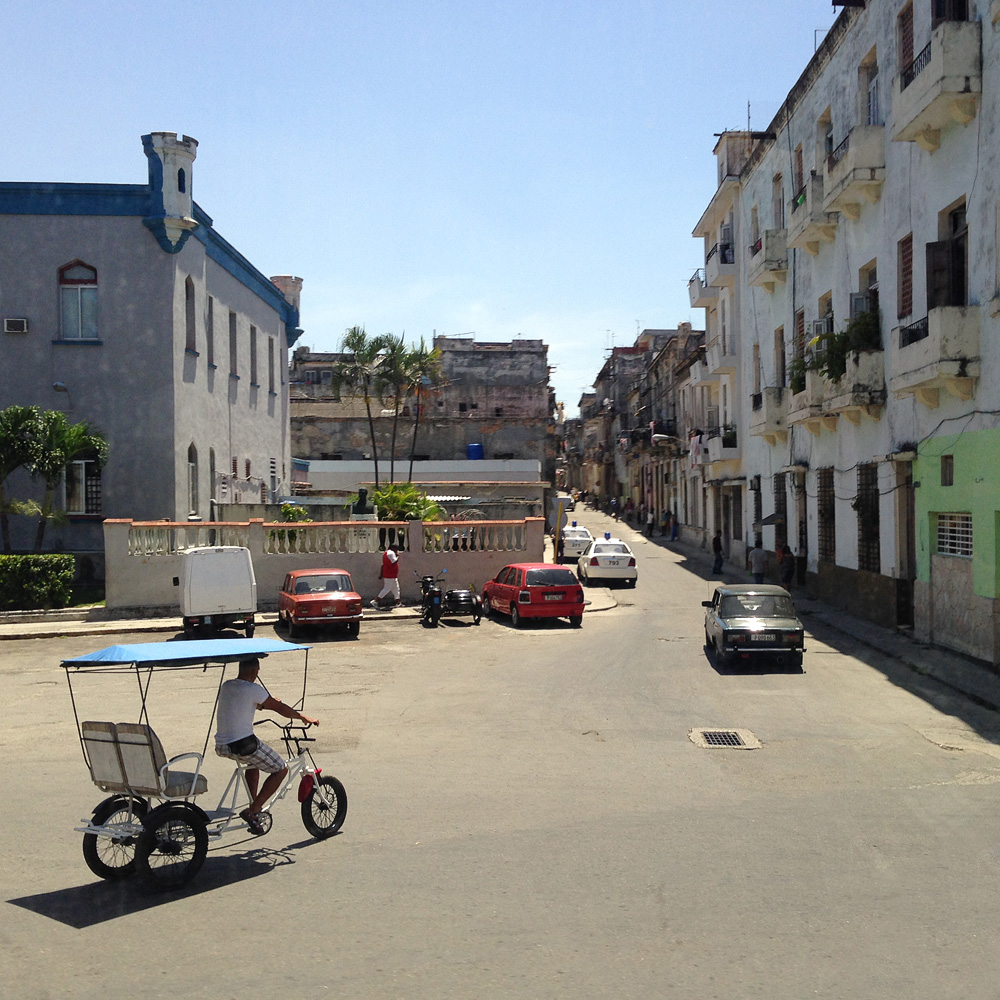
Trip highlights
Despite the grand promises of equality under communism, Cuba still has rich people and poor people. The classes are starkly divided.
In Cuba, news doesn’t travel fast, if at all. The government closely controls access to information. For example, while we were in Havana, news broke of the US’s involvement in the creation of a “Cuban Twitter;” a social media project aimed at undermining Cuba’s government. Although this story was covered internationally, we never heard a single word about it until we returned to the U.S.
Government propaganda is hugely effective when peoples’ lives depend on them buying into the message. We heard enthusiastic stories about impressive social improvements, scientific discoveries and more, from the mouths of people who were personally suffering and struggling.
Communism doesn’t rid people of entrepreneurialism; even in the most stifling environments, capitalism will find a way. We learned this the hard way when an enterprising cab driver escorted us to an “authentic Cuban restaurant” and was paid $10 for each person he delivered to the front door. The food was, sadly, unremarkable.
You may speak the same language as someone, but that doesn’t mean you’re saying the same thing or even that you understand each other. Cultural context is hugely important in shaping our ability to communicate. For example, one cab driver told us that although there are rich people and poor people living in the country, their equality of basic human rights makes the system work. That, to us, sounds a lot like how we might explain capitalism, not communism.
Communism cannot stifle artistic expression. The artists in Cuba are simply incredible – often salvaging and recycling materials to create beauty from nothing. Art was everywhere… and it was awesome.
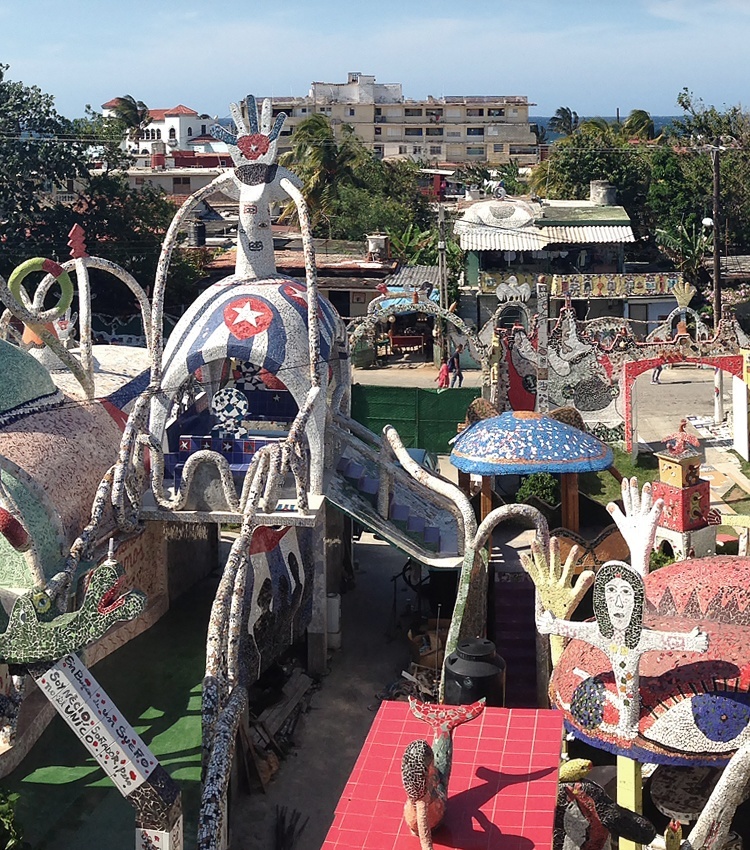
You can be broke and still be incredibly happy. Even in desperate conditions, we didn’t see any desperation. The Cuban people are joyful. When Cubans want to sing, no matter where they are, they burst into song. Loudly.
When the embargo is lifted, there will be an incredible investment opportunity in used car parts. There are so many beautiful classic American cars that need fan belts, air filters, carburetors and just about everything else.
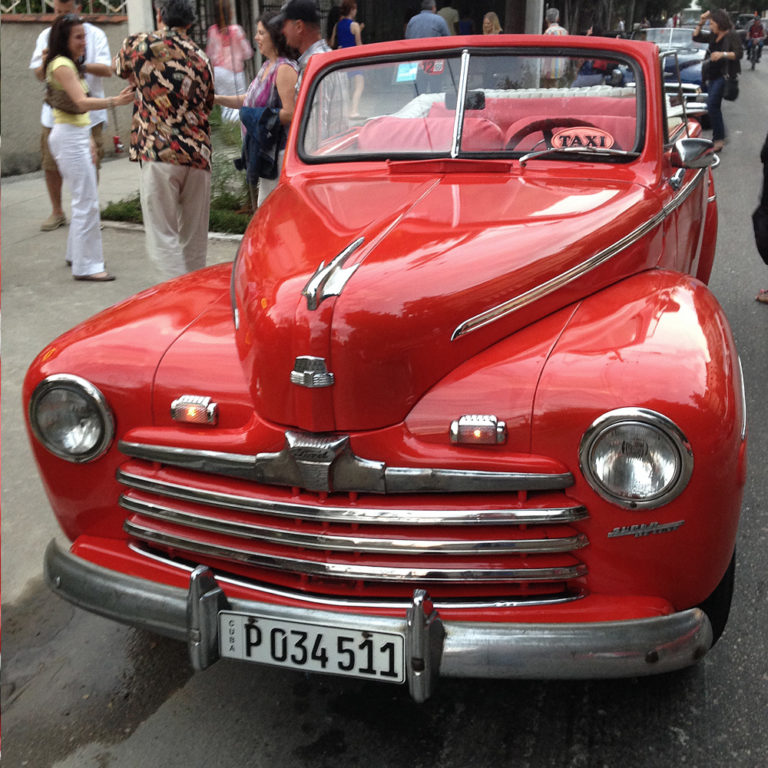

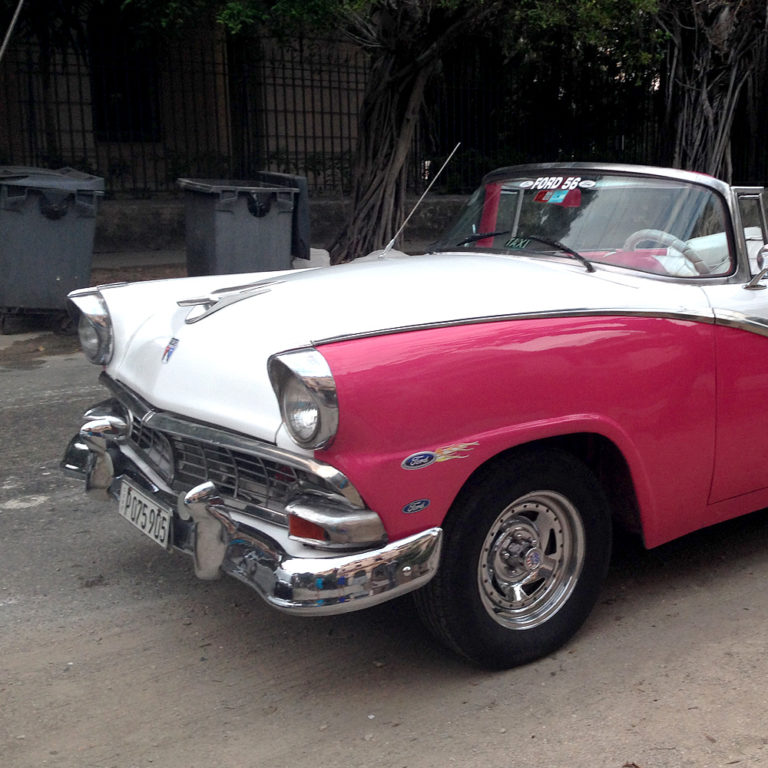

It’s never too early for Havana Club. Also, quality rum goes well with just about anything.
If you hear “Guantanamera” more than twice, you’ve heard it too many times. And you will, without a doubt, hear it frequently. It will quickly become the worst earworm of your life.
All kidding aside, every single one of us returned home thankful and thoughtful. It was the trip of a lifetime, and we can’t wait to go back.
